Micro Limit Switch Small size Pakistan
99.00 ₨
- Bendable sheet metal switch “arm” is very versatile
- Useful as a trigger in a variety of applications
- Original pull-out switch
- Condition: Used
Category: Discrete Components
- Bendable sheet metal switch “arm” is very versatile
- Useful as a trigger in a variety of applications
- Original pull-out switch
- Condition: Used
Micro Limit Switch automatically monitor and indicate whether the movement limits of a particular device have been exceeded. A standard industrial limit switch is an electro mechanical device that contains an actuator linked to a series of contacts. When an object meets the actuator, the limit switch triggers the contacts to either form or break an electrical connection. Limit switches are commonly employed in a wide range of applications and under a variety of operating conditions due to their ease of installation, relatively straightforward design, ruggedness, and reliability.
Industrial machinery that undergoes automatic operations usually requires control switches that activate according to the movements involved in a machine’s performance. For repeat usage, the accuracy of the electrical switches needs to be reliable and their response rate should be prompt. Due to the mechanical specifications and performance parameters of different machines, factors such as size, operational force, mounting method, and stroke rate are important characteristics in the installation and maintenance of limit switches. In addition, a limit switch’s electrical rating should be matched to the mechanical system loads that it will be controlling in order to avoid instrument failure.
Micro Limit Switches
The micro limit switch, or micro switch, is another type of limit switch commonly found on control circuits. These switches are much smaller than their standard counterparts, allowing them to be installed in narrow or cramped spaces that would normally be inaccessible to other switches. Micro switches usually have an actuating plunger that only has to travel a small distance in order to trigger the contact sequence. The actuating plunger is often found at the top of the micro switch, and must be depressed a predetermined amount before it activates. A small degree of movement is able to change the contact positions due to a spring-loading mechanism that causes movable contacts to snap between alternating positions. Micro switches can be designed with a range of different activating arms, and have contacts with electrical ratings that are usually around 250 volts of alternating current and between 10 to 15 amperes (amps).
Much like micro limit switches, subminiature micro switches are intended for use in applications requiring compact designs and limited space availability. They have contact arrangements with spring-loading mechanisms similar to those of micro switches, but tend to be from one-half to one-quarter the size of regular micro switches. Depending on the particular model, subminiature switches have contacts with electrical ratings ranging from about 1 to 7 amperes due to the reduced size of the switches themselves.
Be the first to review “Micro Limit Switch Small size Pakistan” Cancel reply
Related products
-12%
Discrete Components
10mm Mounting Hole Red Momentary Push Pull Button Switch SPST
Rated 4.00 out of 5
(1)
45.00 ₨

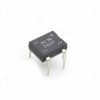
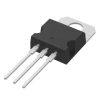
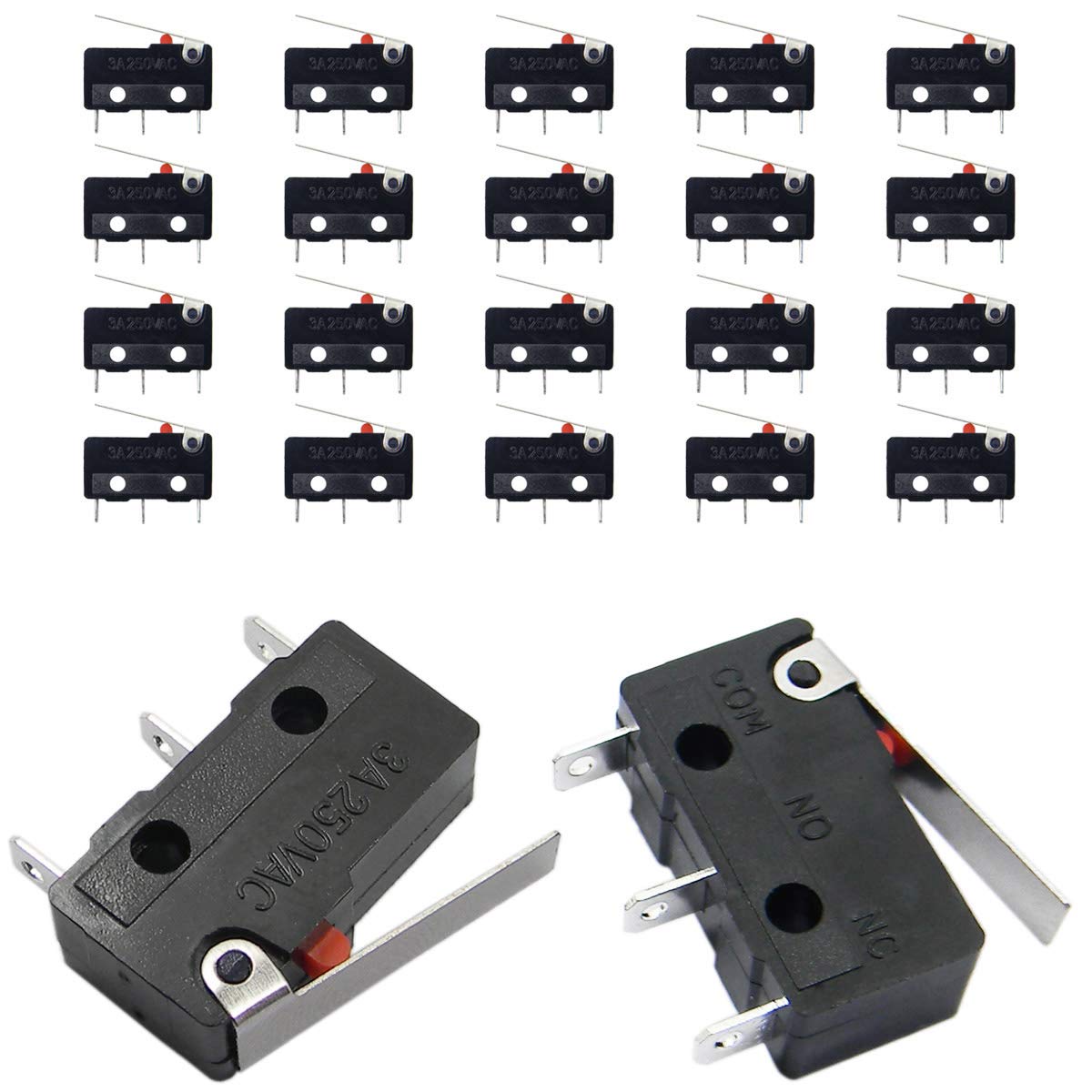
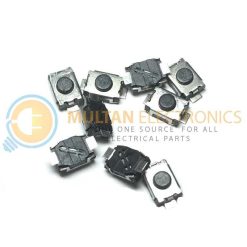
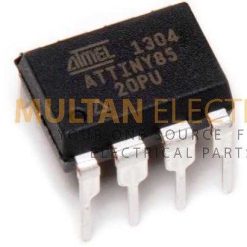
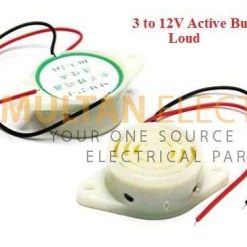
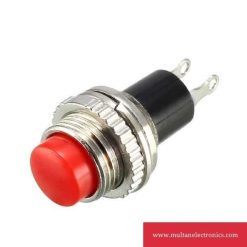


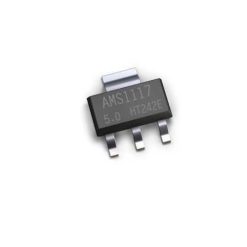
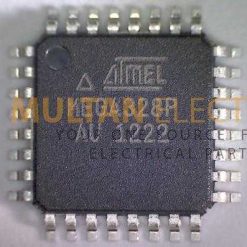
Reviews
There are no reviews yet.